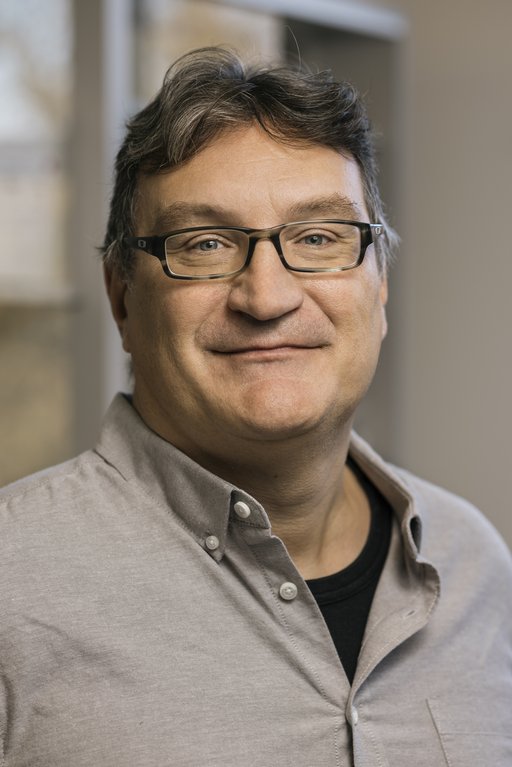Researchers find the key to start to our cells self-cleaning system
All our cells have a self-cleaning system known as autophagy, which degrade unwanted materials. And now researchers from Aarhus University have found an important “switch” regulating this key process. A find that could lead to ways to prevent and eventually treat illnesses such as dementia, ALS and cancer.

In a process that is remarkably close to how we take out our house-hold trash, every single cell in your body has the ability to wrap up any unwanted material in a double-membrane sack and send it to be degraded and recycled in lysosomes, the cell incinerator.
And much like at home if no-one takes out the trash it starts to pile up, and if that happens the cell will accumulate damage or eventually die.
A new study, researchers from the Department of Biomedicine at Aarhus University have uncovered how the cells gear the process up and down, depending on the need, says Professor Fulvio Reggiori:
“We have identified the molecular “switch” that tells the cell to start expanding the sack to fit the trash, which is akin to finding the gas and break pedals on garbage truck. And knowing how to start and stop the cleaning system opens doors to treatments where we need to either step on the gas and activate the cleaning to illnesses where bad cell materials start to “pile up”. But it might also show us the way to hit the brakes on cancer cells that needs this process to survive.
This important regulator is called Ypt1/RAB1 and is a tiny part of a complicated process, and it requires more research before we can effectively translate the findings to usable treatments, explains Fulvio Reggiori.
“Essentially what happens in a cell is that an initial “trash bag” is formed through a series of steps, but then it must increase in size to enwrap the material that must be destroyed. The enlargement of this sack occurs by acquisition of lipids through a bridge that it established with the major lipid factory in the cell. When the bridge is formed, the Ypt1 switch essentially gives the green light to start expanding the sack. Before we didn’t know how the sack began to enlarge, but our study shows that Ypt1 is the gatekeeper by making sure to coordinate the supply of the building blocks of the sack and the machinery that grows it.”
The study opens for several new potential research avenues, he says.
“By uncovering this key regulatory step, the study provides important insight in autophagy that can be used by cell biologists, biomedical researchers, and drug developers targeting this process in diseases like cancer, neurodegeneration and infection, so it is a crucial step towards treatments of tomorrow.”
The research more information:
- Study type. Basic/fundamental research
- Collaborators: Christian Ungermann, Osnabrueck University, Germany, Chris Fromme, Cornell University, Ithaca, USA
- Funding: Novo Nordisk Foundation (NNF) and Dutch research Council (NWO)
- Information on any impartiality issues None
- Information on deviations from the principle that the research result is based on a peer reviewed article published in a scientific journal. None
- Read more in the scientific paper: https://www.nature.com/articles/s41594-025-01621-6
Contact:
Professor Fulvio Reggiori
Aarhus Universitet, Health,Department of Biomedicine
Phone: +4587159527
E-mail: f.m.reggiori@biomed.au.dk